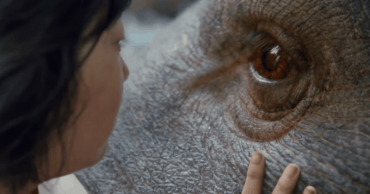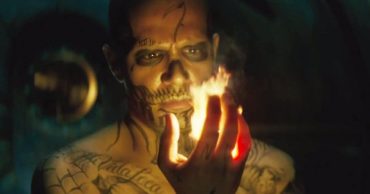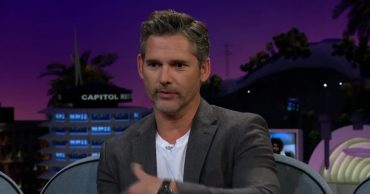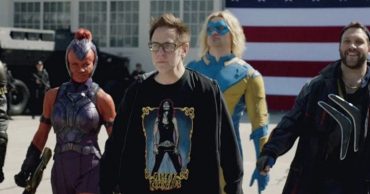
Ever since they could fit cameras on wheels filmmakers have been moving them around in every kind of way you can imagine, and even in some ways you can’t. However, more than just for visual appeal, a good camera move can move the story as well.
In one way or another we’re all reading films. We extract information, ideas, and clues about the plot, the characters, to construct a mental representation of the story in our heads. Sometimes it’s as straight forward and simple as reading actual words on screen, or listening to the words coming out of character’s mouth. While a bit more complex, we also watch action scenes and figure out what it is.
Beyond that we make inferences as to things that are hinted at. We’ll guess a character motivation. We’ll put two and two together to figure out the killer. In addition edits themselves can tell a lot. Information can be embedded in a cut. But we mustn’t forget that the camera has a voice too. Most of the time that voice is quiet, a whisper we learn to ignore. Maybe we’re following a character, maybe the camera is turned to reveal extra information, but cameras aren’t moved just of their own accord…until they are.
Let’s take a closer look at a video called “5 brilliant moments in camera movement” by the creators at Cinefix.
Without camera movement, films would be all static play and no fun. The way the camera moves says more to us than just a show-off of technical tricks. Directors, throughout the years, have implemented their own unique camera styles to best tell their stories on-screen. These are just some of the top moves in film history, so far.
8 Brilliants Moments of Camera Movement List:
1) The Assassination of Jesse James by the Coward Robert Ford
2) 20th Century Women
3) Marnie
4) The Passenger
5) The Candidate (short film by David Karlak)
 Follow Us
Follow Us





